The Machinery Exchange v2.0
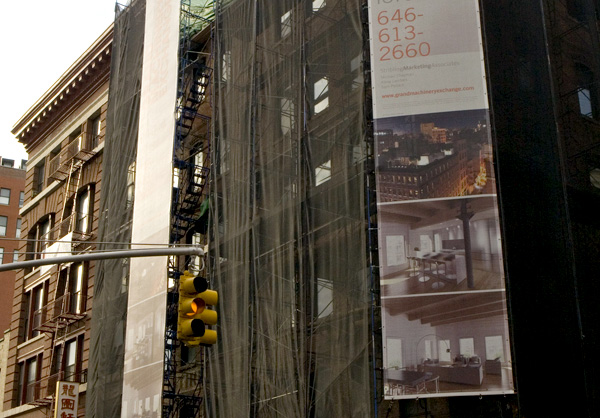
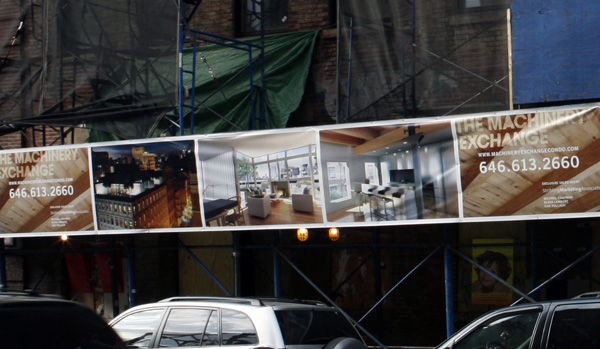
A friend of mine, Alan Silverman, and I just finished the visualizations for a new condominium going up in Little Italy designed by Mark Dubois and Ed Rawlings. The project is the brain child of Max Protetch who is one of the world's leading art dealers and has worked with some of the most important architects of the 20th century, including Frank Ghery, Zaha Hadid, and Rem Koolhaas. As Alan was walking by the site, he was able to take a few quick snapshots of the signage on the building that features the renderings we completed for the condo's marketing campaign. Check out the website for more information about the project: http://www.machineryexchangecondo.com/
New Identity for PJPR
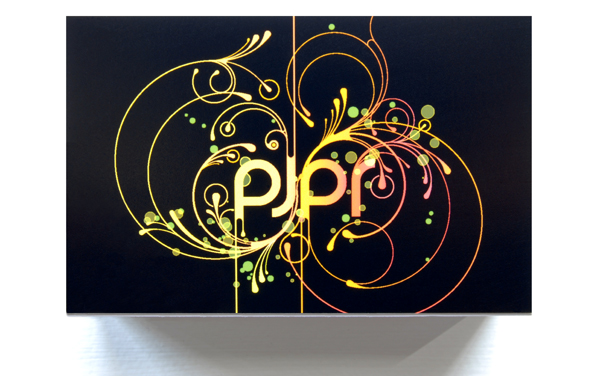
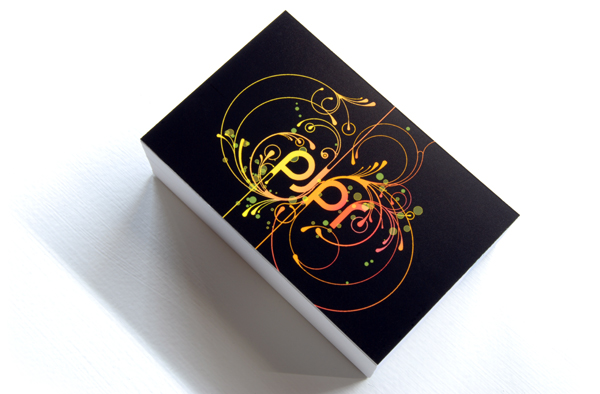
This is one of the options for the new identity for Payne Jones Public Relations, a new start up company in Greenville, SC. The challenge was to create a visual logo for a client who primarily deals with written text. So, I decided to make use of the font itself to create an interesting visual identity for her firm. Make sure you check out the website also designed by [LIFT]architects at http://www.paynejonespr.com.
Stereoscopic Processing
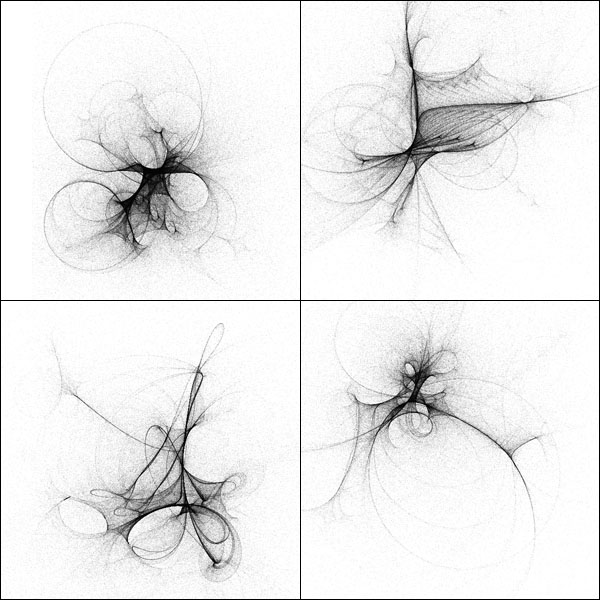
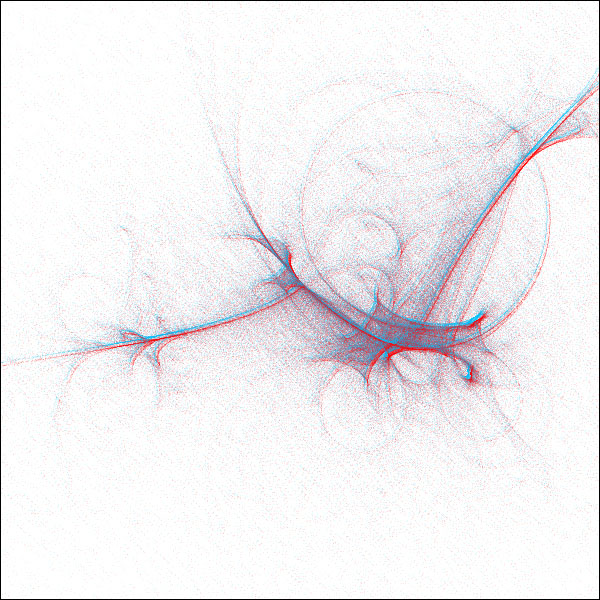
According to Josh Nimoy, The Processing environment is the easiest Java compiler / interactive graphics and multimedia programming environment known to man. The system can be used to produce locally run pieces, as well as web-embeddable Java applets. After doing a little more research on the latest version of Processing, I came across one of the source codes for a drawing applet created by Theo Calvin, who based his code on an example put forth by Jeffery Tarbell. Where I played a part in this research was taking taking the script and adding a few lines of code in order to create a Stereoscopic Image that would give an illusion of surface "depth" when looking at these drawings through 3D glasses. Each drawing can be generated in a matter of seconds.
Adaptive Tensegrity
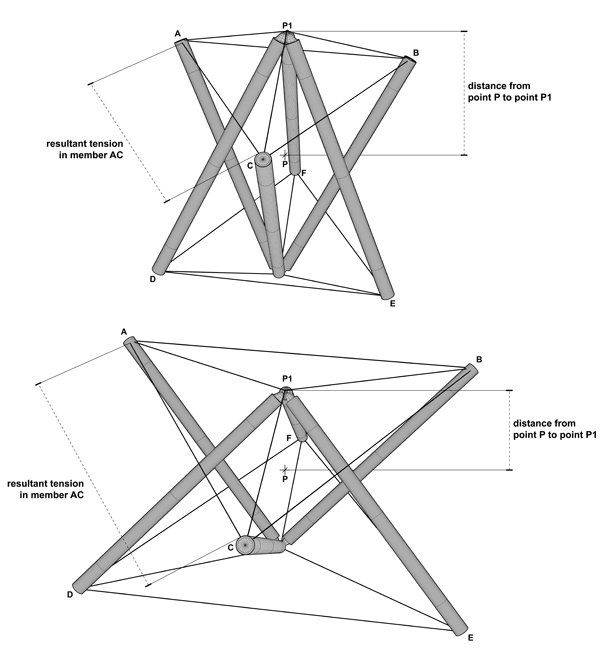
This is a digital model that I created after reading Tristan d'Estree Sterk's essay on actuated tensegrity systems. I've rigged the system to work just like his actuated tensegrity system, so that as the actuator in the middle contracts, the tension members become more rigid, thus making the entire system stronger. The actuated system is one way to create a responsive tensegrity system that can adapt to changing environmental conditions to make a "learning" structure... however you could eliminate the actuator by making the tension members able to expand and contract, much like a muscle. I plan on persuing this line of thought for a future skyscraper, but as yet, is still in a hypothetical stage.
Download Tensegrity Module.zip
Note: This software and its documents are in the public domain and are furnished "as is". The author, Andrew Payne, makes no warranty, expressed or implied, as to the usefulness of the software and documentation for any purpose. This work is licensed under a Creative Commons Attribution-Share Alike 3.0 United States License. http://creativecommons.org/licenses/by-sa/3.0/us/
the[n]projects
This is my entry for the 2005 Miami Biennial Future Possibilies architecture competition where I placed as a semi-finalist. The premise behind the entry is that it was a series of explorations on the idea of the network... So for that I had to define exactly what a network is, which to me has three intrinsic properties: 1) Scale 2) Protocols (the way the network behaves) and 3) Time. So, I created a matrix that would isolate each of these three properties and allow me to combine them in different ways to generate new projects... Since the matrix had 10 slots for each category, you could invariably have up to 3,628,800 different combinations, thus a lot of different network explorations. Becuase the focus of the project was based on the idea of the network, I wanted to create a flash interface that would complement the concept, and have a non-linear "network" navigation system. I'll let you check it out, and play around with the interface and also check out the work, but notice that the different nodes have set attractions, so that as you drag certain rings around the page, the other "like" nodes begin to pull nearer to it, so that they begin over time to collapse into one complete project. Enjoy! Click here for the link: http://www.thenprojects.com
Tensegrity Tower v1.0
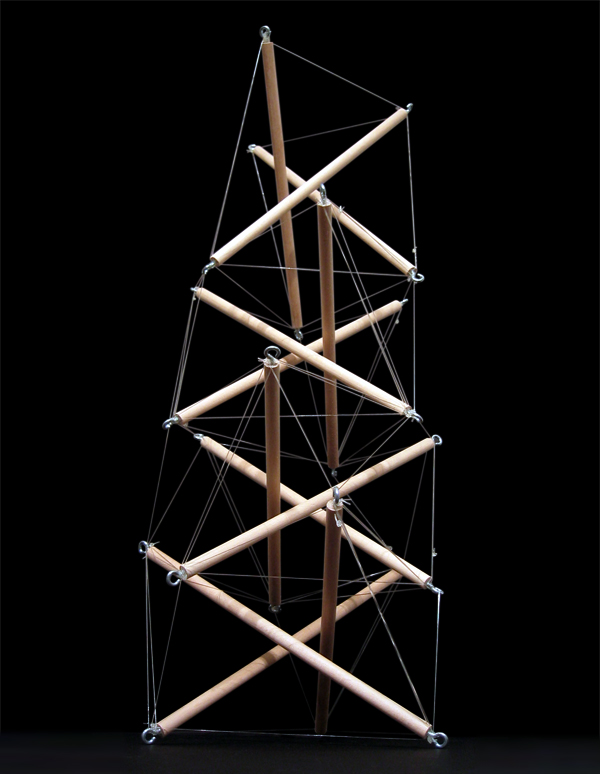
Who knew you could have so much fun with a few wood dowels and a little elastic cord. I created this as a first attempt to figure out how exactly tensegrity structures get assembled and "tuned" via adjusting the elastic cords so that each tension member has the same amount of tension as the others, thus keeping the structure at equilibrium. My next response will hopefully incorporate a responsive system by making the elastic cords out of electropieziolastic materials so that each member can contract or expand via electrical current, thus having a tensegrity system that could adapt to different situations.
Cantilever Table
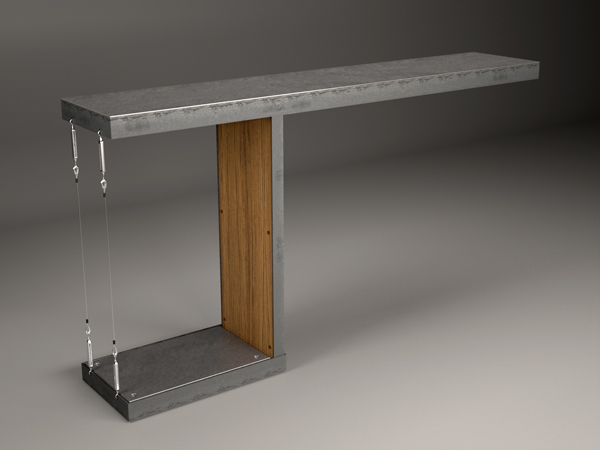
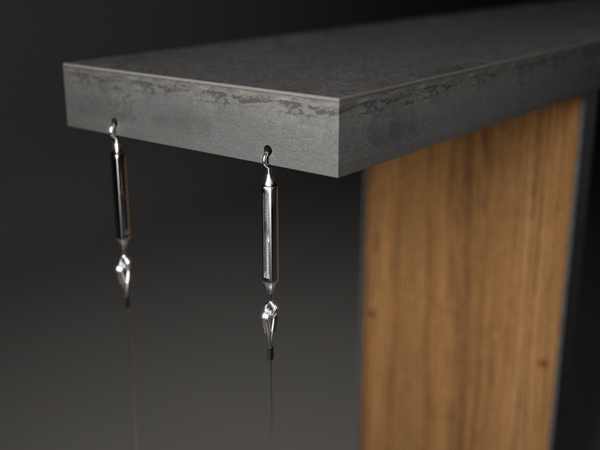
This is a detail of a table that I am creating for a welding class at Cell Space. The concept was to emphasize the cantilever by creating a table with only one leg and thin stainless steel tension wires. The table can support up to 50 lbs of pressure on the far end of the table without overturning and is designed to be assembled in smaller parts instead of one welded piece.
St. Helena Residence
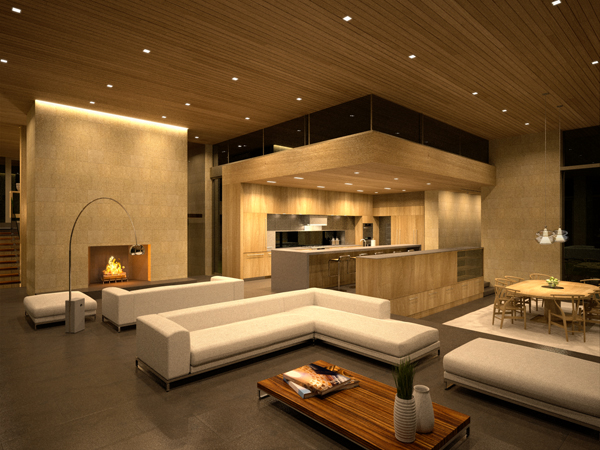
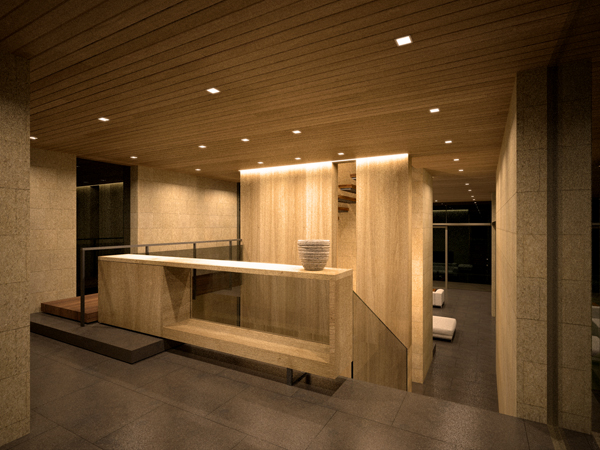
These are a few lighting renderings that I have been working on for a residence in Napa Valley that I am helping design for Sagan Piechota Architecture. The point of these visualizations was to calibrate the exact number of lights with the correct lighting data, per our lighting consultant, to understand the light properties throughout the house. I was using the rendering engine Maxwell, to coordinate the light temperature and wattage.
Forces Exploded
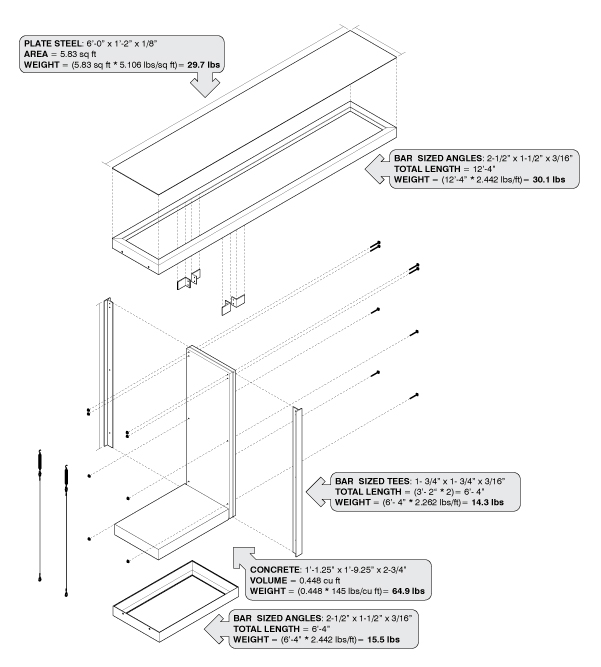
This was the initial force diagram that I created while designing my Cantilever Table, in order to figure out how much weight I needed to counter balance the material weight of the table and the weght of the live loads. My original design called for a pre-cast concrete block to serve as the counter weight (which I did cast, but didn't use) but after solving the forces, I realized that I would need to use 1/4" steel plates instead becuase they were heavier. The overall table weighs about 250 lbs, which I have to agree is a little rediculous, but each piece is made to be bolt connected so that it can be taken apart in smaller assemblages.
Garden Lot Residence

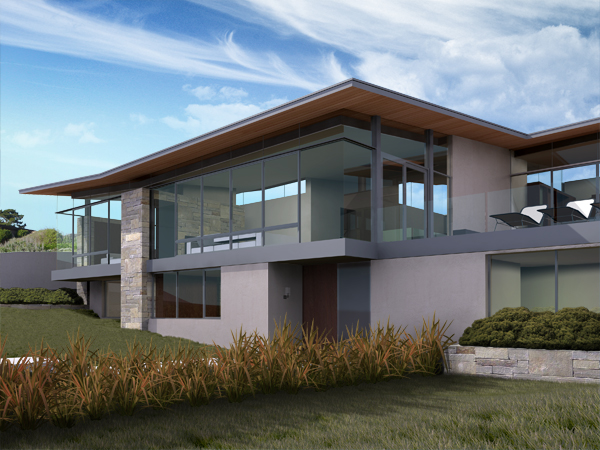
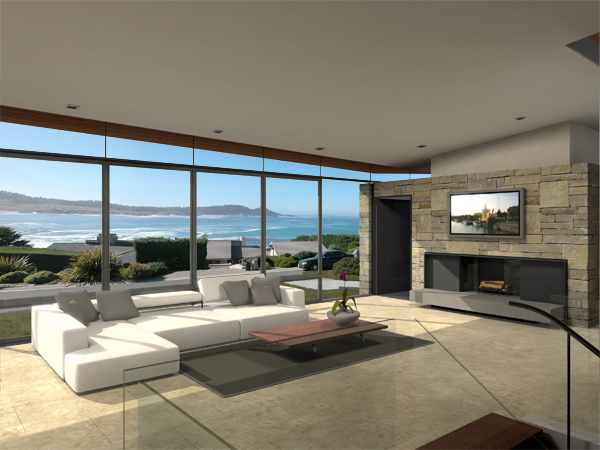
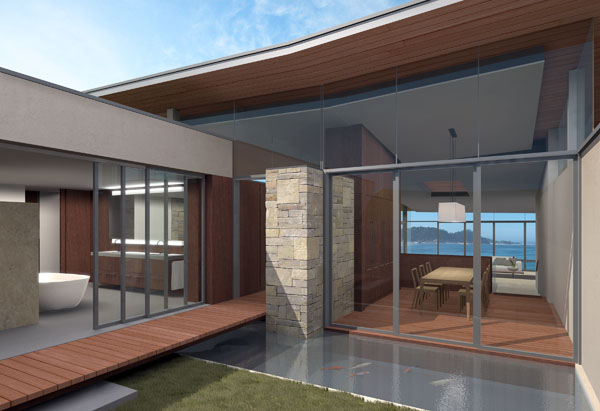
These are a few of my renderings I completed for a house in Carmel, CA. The house was designed by Daniel Piechota and John Davis from our office and is in a little bit of limbo at the moment becuase the client is considering selling the land with the finished plans or building the house and selling it fully furnished. So if your in the market and can swing anywhere from 4.5 - 10$ million, then let me know. All rights reserved on the images.
200 Church St.
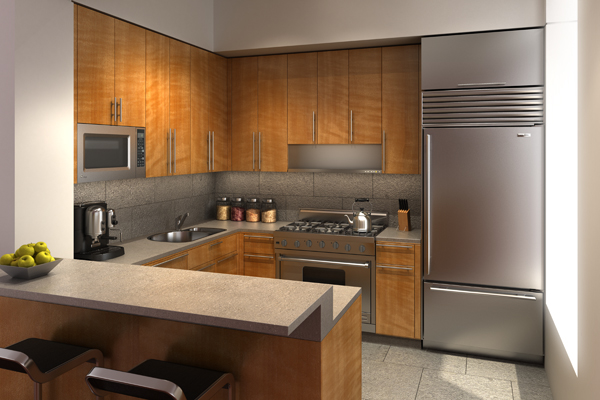
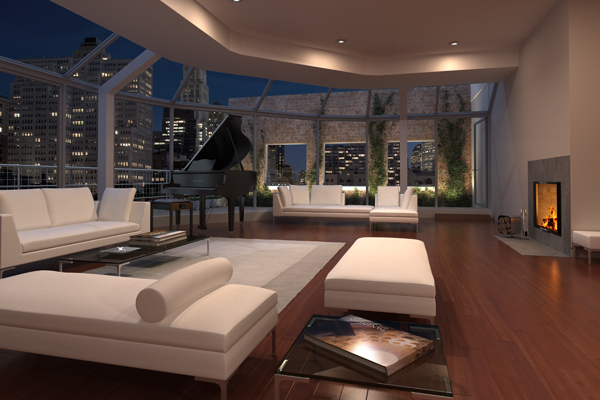
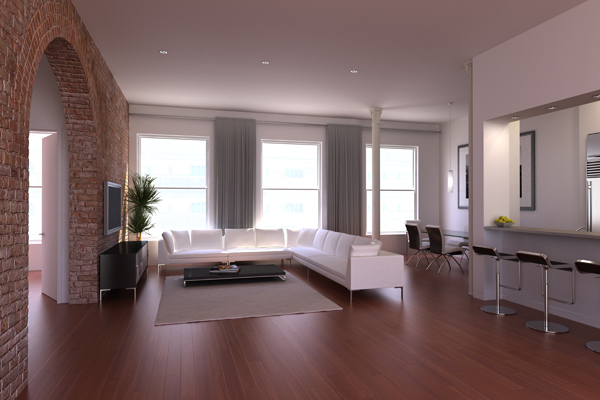
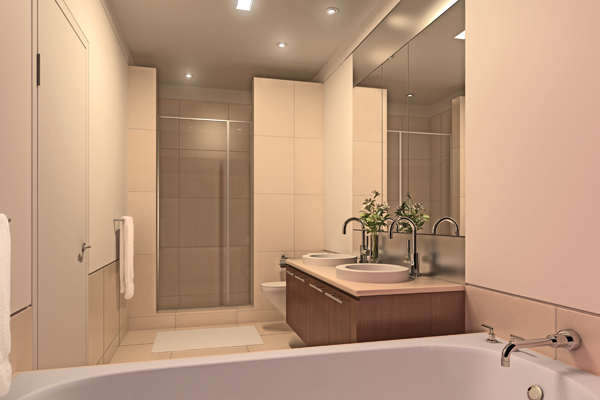
These are a few of the final visualizations that Alan Silverman and I have completed for a new housing project in New York City. The designs were done by Jeffery Cole Architects and the project should be completed by 2007.
[CRAMP]us



This is my proposal for the expansion of Columbia University into the adjacent neighborhood of Harlem and Manahattanville. The [CRAMP]us is designed to have a minimal social and political impact to the surrounding community of Harlem, by merely touching down with structural elevator cores on pre-existing open lots. The remaining 5.5 million square feet of program is built above these pillars, allowing for future real estate to be developed on the site below. The C(r)ampus would be constructed in phases; 1) a phase of vertical support structures 2) constructing a ribbon-like network of programmable space using a two-dimensional frame structural system 3) providing flexible and future programmable space to be cantilevered off of the main structure up to a maximum capacity.
![[LIFT] architects](/storage/layout/Header_025.png)

